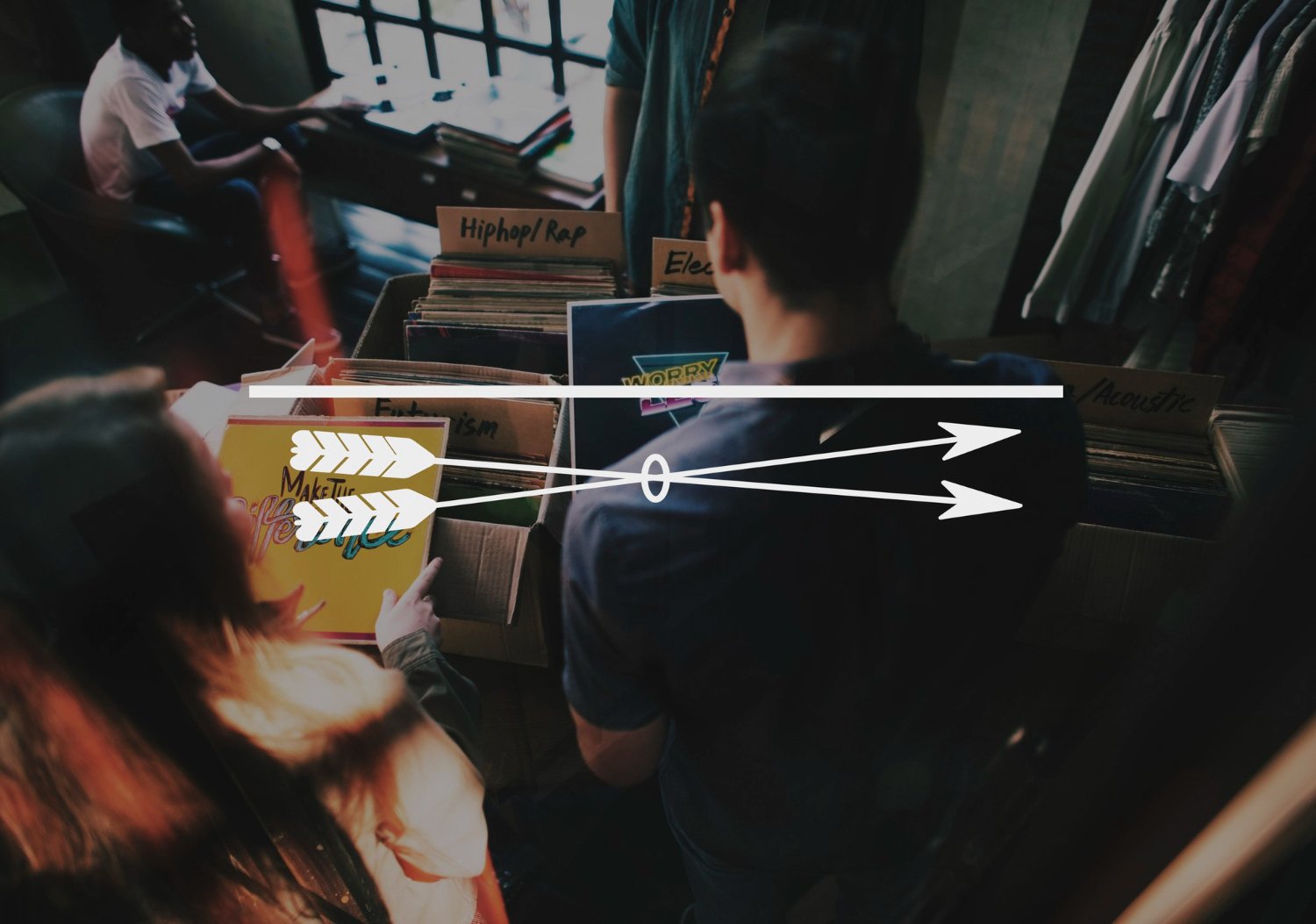In an era of increasingly polished animation tools and closed ecosystems, the Source Filmmaker (SFM) community has quietly preserved an open, collaborative spirit. At the heart of this lies the “SFM Compile” process—far more than a technical step, it’s a creative ritual. Together, creators refine raw ideas into polished animations, sharing techniques, assets, and feedback along the way.
What SFM Compile Really Means
At its simplest, SFM Compile is the act of turning raw project files models, animations, textures into formats the Source engine can render. But within user circles it stands for so much more: the act of assembling dialogue, lighting, camera movements, and audio into a single, coherent animation. It’s where countless iterative edits and late-night tweaks merge into visual storytelling.
This process isn’t automated or hidden—it’s performed openly. Creators write configuration files, use command-line tools, and manage export settings, crafting a personalized build with technical precision and artistic care.
A Community Built on Open Creativity
SFM Compile isn’t a corporate tool—it’s the product of grassroots collaboration. There’s no formal membership or rules. Instead, shared values guide the group: communal support, experimentation, and hands-on learning.
On Discord chats and GitHub pages, creators post early versions of their work in progress. They exchange model files, lighting presets, and scripts. When someone faces a crash or corrupted particles, others step in with advice. This communal approach turns individual animators, modders, and hobbyists into a peer-powered engine.
Compile Nights: Creative Work Sessions
One of the community’s most vibrant traditions is the “Compile Night.” At scheduled times, animators gather virtually to show, discuss, and problem-solve in real time. Someone might demo a character rig; another explains how they optimized a heavy scene for smoother rendering.
These events are about more than collaboration they’re informal workshops. By teaching how to improve file efficiency, reduce compile errors, or bake lighting correctly, veteran creators uplift newcomers. Weekend work-in-progress reviews are common, making the group feel like an open studio every frame shared, every critique welcomed.
From Experimentation to Professional Growth
Most of the animations fall into fan-made machinima—short clips based on games like Team Fortress 2 or Half-Life. Others are original shorts, motion tests, or first attempts at photo-realistic lighting. Each is a stepping-stone: creators learn editing, rigging, animation, and storytelling.
And it shows. Many participants go on to work professionally in animation studios, indie film, or virtual production. Their foundation? Learning technical discipline and creative iteration in an open, supportive space.
Core Tools and Workflow
Beyond the standard SFM interface, creators use additional tools to enhance their workflow:
- QC scripting to define how models compile, including mesh structure, animations, and materials.
- Custom render scripts that automate compile settings for speed and consistency.
- Plugins and extensions that bring in advanced visual effects or facilitate ray-traced lighting.
- Image-sequence pipelines, exporting animated stills for assembly in programs like FFmpeg or Premiere.
This blend of artistry and scripting ensures the final compile reflects both creative intention and technical finesse.
Common Compile Challenges
Compiling isn’t without roadblocks. Many creators face:
- Asset path errors from misnamed files.
- Missing textures or undefined bones.
- Crashes caused by overloaded particle effects or oversized models.
- Hardware limitations—laptop users especially feel compile times and memory constraints.
Yet troubleshooting becomes part of the craft. Shared community wisdom helps: simple renaming, memory optimizations, or selective object rendering often solve what feel like dead ends.
Where SFM Compile Is Heading Next
As Valve supports newer engines and GPU acceleration becomes mainstream, the process is evolving. Creators anticipate cloud-based compilation, real-time GPU-enhanced previews, and AI tools for automatic animation and facial syncing.
Still, the essence of the compile club will remain the same: iteration, sharing, and deeply human collaboration. Even if tools shift, the mindset endures.
Why It Matters in Today’s Landscape
In a world increasingly tied up in closed software ecosystems and corporate licensing, SFM Compile’s open ethos is remarkable. It stands for democratized creativity—no paywalls, no secret formulas. Anyone can download the tools, join a session, and ship their first short film in weeks.
That classroom-to-career pipeline reflects a deeper value: creative access and peer learning can nurture professional competency. It’s not just animation; it’s mentorship, education, and digital craft.
How to Get Started with SFM Compile
- Install Source Filmmaker and toolkit support.
- Connect with the community via public Discord groups or GitHub discussions.
- Share your first test scene—no need to be perfect.
- Join a compile night to ask for help and learn from others live.
- Contribute—share your own scripts, lighting settings, or tips once you’re comfortable.
Anyone, at any skill level, can begin. The result isn’t just an animation—it’s a network of shared growth.
The Quiet Revolution of Frame-by-Frame Craft
SFM Compile isn’t flashy—it’s not about brand campaigns or glossy blockbusters. But in its modesty lies impact. Each frame of animation is born not only from technical process, but from dialogues, late-night debugging, and collective problem-solving.
These open workflows preserve a tradition: craft animated in public, imperfect in process, but powerful in outcome. Behind every polished YouTube short or fan film lies hours of collective iteration.
And that’s why SFM Compile is more than a technical feature—it’s a cultural movement. A quiet revolution in how creators learn, share, and build. In the digital age, that transition from raw file to finished film—done together—is the craft’s beating heart.

